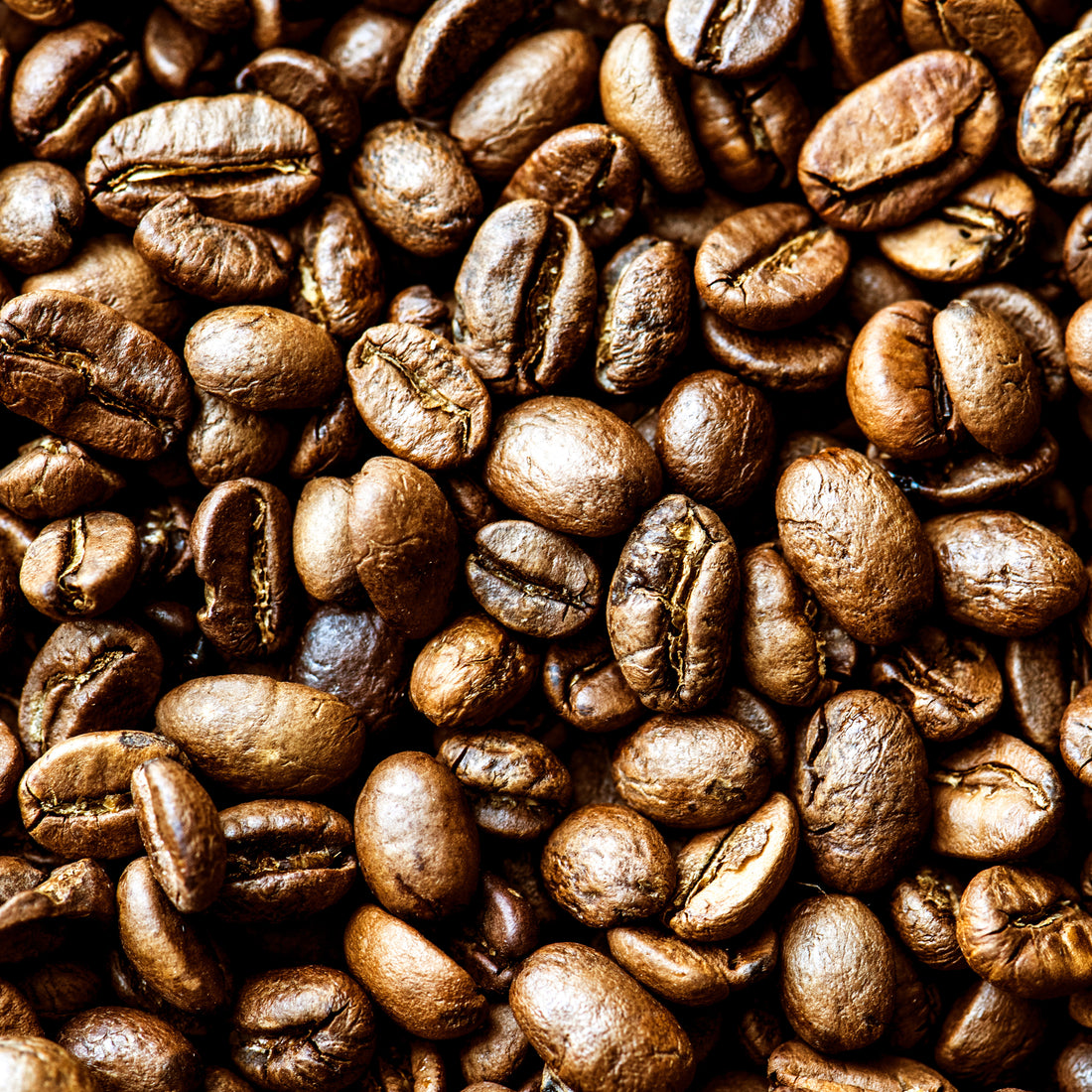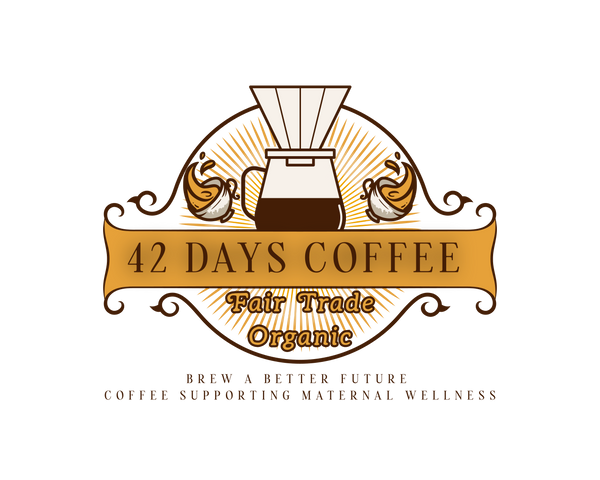
Exploring the Art of Coffee Bean Roasting
Share
Coffee, that beloved elixir of mornings and afternoons alike, owes much of its allure to the intricate process of roasting. Roasting coffee beans isn't just a functional step in the journey from plant to cup; it's an art form that requires precision, experience, and a deep understanding of how flavors develop under heat. Join me as we delve into the fascinating world of coffee bean roasting.
The Basics of Coffee Bean Roasting
At its core, coffee roasting is the process of heating raw, green coffee beans to transform them into the aromatic and flavorful brown beans that we recognize. This process is where the magic happens—the sugars and starches inside the beans caramelize, oils emerge, and complex chemical reactions occur that ultimately determine the taste profile of the coffee.
Step-by-Step Journey from Green to Brown
-
Green Beans Selection: Quality coffee starts with selecting the right beans. Varieties from different regions and altitudes offer distinct flavors, influenced by soil, climate, and cultivation techniques.
-
Loading the Roaster: The chosen green beans are loaded into the roasting machine, which can range from small batch roasters used by artisanal cafes to large industrial machines used by commercial producers.
-
Heating and Transformation: As the roaster heats up, the beans begin to change. They first turn yellow, then light brown, and eventually dark brown. This color transformation indicates the progression of the roasting process.
-
Monitoring and Control: Throughout the roasting process, the roaster carefully monitors key factors such as temperature, airflow, and time. These variables are adjusted to achieve specific flavor profiles—whether light and fruity, medium-bodied and balanced, or dark and robust.
-
Crucial Moments - First and Second Crack: Around midway through roasting, the beans reach a pivotal point known as the first crack, where they audibly snap and expand. This marks the release of moisture and the development of aroma. Depending on desired roast level, a second crack may occur shortly after, signaling darker roasts.
-
Cooling and Resting: Once the desired roast level is achieved, the beans are rapidly cooled to halt the roasting process and lock in flavors. They are then allowed to rest, during which they undergo further chemical changes that enhance their taste.
The Role of the Roast Profile
Roasters often create "roast profiles," detailed plans that outline temperature curves and timings to consistently reproduce specific flavors. This meticulous approach ensures that each batch of coffee beans meets the desired taste expectations, whether it's for a delicate Ethiopian Yirgacheffe or a bold Mexican espresso blend.
Artisanal vs. Commercial Roasting
While large-scale roasters focus on efficiency and consistency, artisanal roasters emphasize craftsmanship and experimentation. These smaller operations often roast in smaller batches, allowing for greater control over the process and the ability to highlight unique flavor nuances inherent in the beans.
Conclusion
Next time you savor that rich cup of coffee, take a moment to appreciate the journey that started with the humble green bean. From careful selection to precise roasting, each step plays a crucial role in shaping the flavors and aromas that make coffee a beloved beverage worldwide. Coffee bean roasting is indeed an art—one that blends science, skill, and passion to create a delightful sensory experience in every cup.
Whether you prefer your coffee light and floral or dark and bold, there's a roasted bean out there waiting to awaken your senses. After all, great coffee begins with a well-roasted bean.

